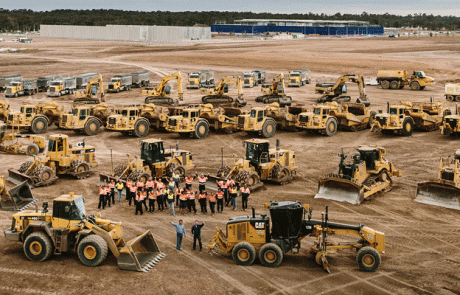Getting To The Root Of The Problem In Contaminated Remediation
In a broad sense, there are two types of things that can pollute soil: human actions and natural forces. The big change to industrialised economies and people moving around both made the land less useful. On the other hand, heavy rain, floods, and erosion caused by natural events changed the landscape. As a result of contaminated soil, local, state, and even federal governments have come up with ways to clean it up. In particular, the soil remediation process is made up of the steps assess, identifying, and choosing. This is how the right contaminated remediation technologies are chosen in areas like Sydney.
What went wrong at the assessment stage?
Site assessment is the first step in every soil remediation process. This is where the three most important parts of the problem are found:
Scope of soil contamination: The size of the damage in terms of land area or depth of surface penetration is used to decide how to use the available soil remediation resources and how much time and money will be needed to finish the project.
Pollutant Characteristics: Technical information is also gathered about the types, amounts, concentrations, and mixes of toxic chemicals or pollutants that are in the area.
Characteristics of the site: The type of land and how it will be used will determine what kinds of facilities can be built on it, either for personal use or for business.
Get to the point: What technologies should be used to fix the soil?
After figuring out the three most important parts of a property's evaluation, the right technology is chosen. The most common ways to fix a problem with technology on the market today are:
Soil bio-remediation is the process of digging up polluted soil and putting a certain biological agent into it.
Land disposal is when the trash is taken to third-party treatment centres to be cleaned and/or thrown away, if necessary.
Thermal Heating is the process of heating soil at a high temperature to get rid of pollutants.
The process of cleaning up soil involves a lot of technical details that are hard for most people to understand. So, this process is done by experts or consultants who specialise in cleaning up the environment. Aside from the size and cost of the cleanup, both the community and the government must look at the overall risks that the process may pose to the people who will be involved in putting the soil remediation plans into action. This will make sure that the contaminated land is cleaned up without putting the public's work, safety, or comfort at risk.
Contamination Remediation of Land
Contaminated remediation in places like Sydney is the process of making land that was once unusable because it was contaminated usable again. We all know that recycling cans, tins, and paper is a good way to deal with household waste. Recycling land is pretty much the same. It just turns land that can't be used into the land that can be used again.
Land can get dirty for several different reasons. It could be land where a chemical factory or a gasworks plant used to be. It's also possible that a lot of oil or fuel spilled on the land or some other pollutant, either on purpose or by accident, made the land dirty.
The goal of cleaning up polluted land is to stop chemicals and other pollutants from hurting the environment around the land. It could only be on the surface, or it could have reached the water table. In either case, the land needs to be fixed up to get it back to a safe state where it can be used again.
The so-called "dig and dump" method is the easiest way to clean up contaminated land. To do this, you just have to dig up the contaminated soil or gravel and put it somewhere else. This might help fix a problem in one place, but it just moves the problem to another place.
To be fully effective, cleaning up contaminated land needs to be done with the right plan. A good plan could start with a thorough look at what is known about the land's history.
The research should help figure out what kind of pollution is being dealt with and how likely it is to happen. At this time, information about the site's geology, hydrology, and soil can also be gathered.
The next step is to do a site survey. This will add to the first research and give more information by taking samples of soil, groundwater, and gas. It will also help figure out if there is any risk involved.
A more detailed risk assessment can be done to find and separate places with a lot of pollution and contamination. With the information gathered, goals can be set for cleaning up the land, and a detailed plan for doing so can be made.
Bioremediation is the process of letting bacteria change polluted materials back into non-polluted materials. It happens naturally, but it takes time and can't be sped up.
There are several other ways to clean up contaminated land. Sometimes it's not possible to get rid of all the contamination. In these situations, the harm or potential harm caused by the pollutants is lessened, and the land is cleaned up to a point where it can be used. You can get connected with our team for Contaminated remediation in areas like Sydney.
Disclaimer: This is generic Information & post; content about the services can be changed from time to time as per your requirements and contract. To get the latest and updated information, contact us today or visit our website.



Comments
Post a Comment